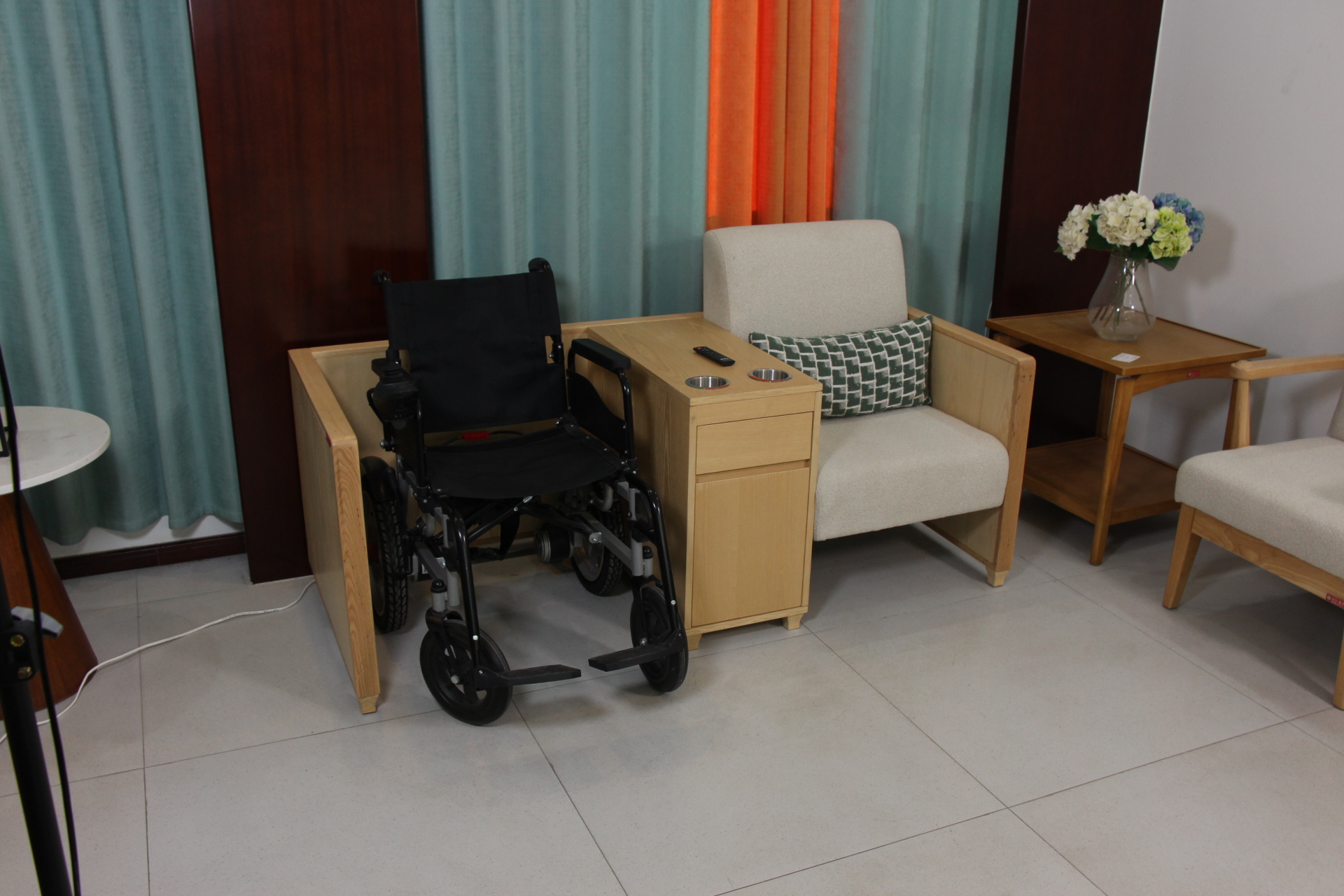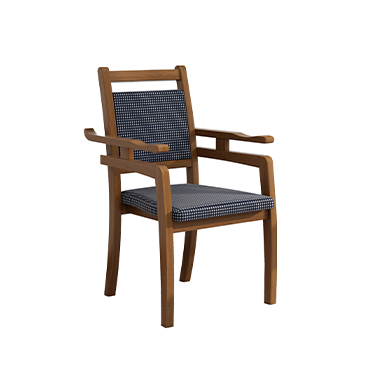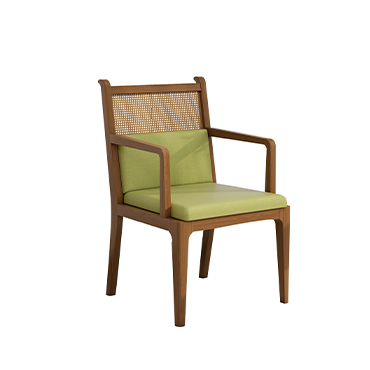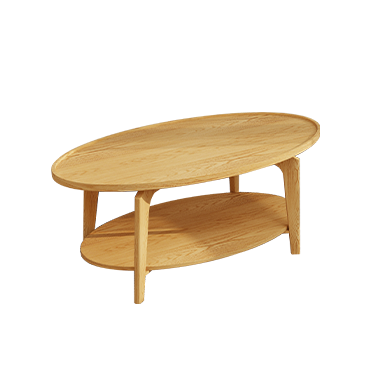Aging-Friendly Renovation: A New Blue Ocean in the Home Furnishing Industry
As the global aging population continues to grow, aging-friendly home renovations are quietly emerging as the next growth engine in the home furnishing industry. Driven by an expanding senior demographic, surging consumer demand, and supportive government policies, more and more home furnishing companies are entering this promising new market. This article explores the reasons behind the rise of aging-friendly renovation, its current market landscape, and future development trends.
1.Aging Demographics Drive Renovation Demand
1.1 Global Aging Trends Present New Opportunities
According to official statistics, by the end of 2024, people aged 60 and above accounted for 22% of China's total population. This figure is expected to exceed 30% by 2035, with the senior population surpassing 400 million. This demographic shift brings new and significant opportunities for the home furnishing industry, particularly in adapting homes to meet the needs of elderly users.
1.2 Consumption Upgrades Expand the “Silver Market”
Today’s seniors are more health-conscious and have higher expectations for their quality of life. Safety, accessibility, and comfort in the home environment are top priorities. This has led to a sharp increase in demand for aging-friendly renovations, making it a rapidly growing segment within the broader home improvement market.
2.Policy Support Accelerates Industry Growth
2.1 Strong Policy Tailwinds
In early 2024, China’s State Council issued the "Guidelines on Developing the Silver Economy and Enhancing the Well-being of the Elderly," which specifically calls for promoting aging-friendly industries, including home renovation. Local governments have also launched corresponding initiatives and subsidies to support aging-in-place transformations and boost market development.
2.2 Enterprises Expand Strategic Investment
Driven by policy support and market potential, many home furnishing companies are actively developing aging-friendly solutions. For instance, Shangpin Home Collection has launched its “Vibrant Elders” product line tailored for senior living, while ARROW Sanitary Ware has introduced aging-friendly products such as grab bars and smart toilets to improve home safety and usability for the elderly.
3.Challenges and Opportunities: Moving Beyond Superficial Designs
3.1 Beware of “Pseudo Aging-Friendly” Products
Despite the booming interest, some so-called “aging-friendly” products in the market merely undergo surface-level modifications, failing to address the real needs and usage habits of elderly users. This may lead to poor user experience or even safety risks. To address this, the State Administration for Market Regulation has announced the new national standard “Guidelines for Aging-Friendly Home Product Design,” which will take effect on September 1, 2025, to encourage more thoughtful and standardized product development.
3.2 Smart Technology as a Key Enabler
Smart technology plays a vital role in the future of aging-friendly homes. Products such as smart toilets, adjustable beds, and health-monitoring systems allow for real-time tracking of physical conditions and emergency alerts, offering not only convenience but also peace of mind for seniors and their families. Technology-driven care is becoming a key differentiator in the market.
3.3 Holistic, Scenario-Based Renovation Services
Upgrading individual products is not enough. Aging-friendly transformation requires a system-level approach that integrates design, product, and service. Companies can offer model showrooms, customized full-house renovations, and end-to-end services including installation and after-sales support. This helps seniors experience the benefits of aging-friendly living firsthand and increases consumer confidence.
Conclusion: The Silver Economy is Rising — Are You Ready?
Aging-friendly renovation is entering a critical phase of evolution—from awareness to implementation. For home furnishing companies, this is both a challenge and a strategic opportunity. The key lies in understanding real user needs, avoiding superficial designs, and embracing intelligent technologies and scenario-based solutions to offer real value.
In the years ahead, as aging trends continue and consumer awareness grows, aging-friendly renovations will shift from being “optional” to “essential.” Companies that can build comprehensive solutions integrating aging-friendliness, smart tech, and personalized services will stand out in this new blue ocean.





